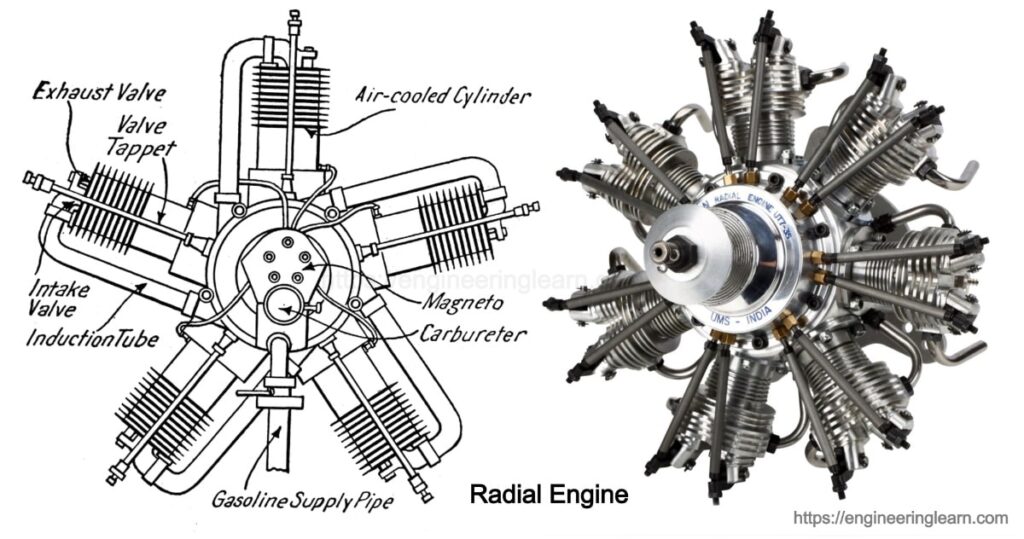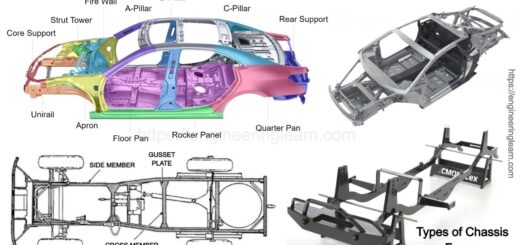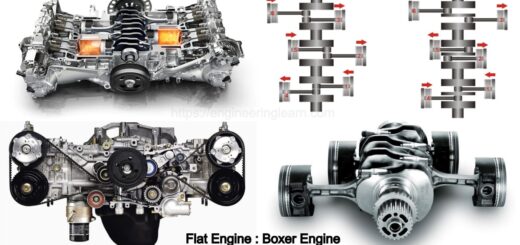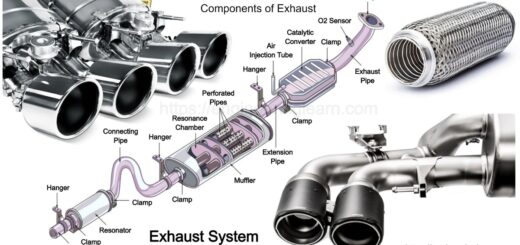Radial Engine: Introduction, Working & Advantages

Introduction of Radial Engine
Radial Engine: Introduction, Working & Advantages :- A radial engine is a type of reciprocating engine configuration with internal combustion within which the cylinders move in the outward direction from the central crankcase, for instance the spokes of a wheel. When it is viewed from the front it is quite similar to a glistening star, and is therefore named as a “star engine” in some languages.
These engines have been dominating the skies for more than 50 years because it has an ability to cool by its own due to the effect of air and also the sheer power which they produce.
The first radial engine was built in the year 1901 by C. M. Manly which was found producing 52 BHP at 950 RPM. Whereas it took around 10 years for a radial engine to be considered as trustworthy for flying. To provide reliability to the radial engine on long range flights over water, aluminum cylinders accompanied with steel liners were modified.
How does Radial Engine Work?
The axes of the cylinders of the radial engines are coplanar which means that the connecting rods cannot be attached directly to the crankshaft until the connecting rods are being used. The pistons are connected with the crankshaft using a master or articulating rod assembly. The uppermost piston is the animation which consists of a master rod which is directly attached to the crankshaft. The pistons which are remaining are attached to their connecting rods to ring around the edge of the master rod. Other rows of the radial cylinder can be added with a purpose to increase the capacity of an engine without disturbing its diameter.
The radials with Four-stroke have the cylinders per row in an odd calculation, in order to give consistency to each and every piston to maintain the firing order which is done to develop the smooth operation of the engine. For instance, the firing order on a five cylinder system would be as 1, 3, 5, 2, 4, and then back again to the cylinder 1. This feature always leaves a gap of at least one-piston in between the corresponding pistons mainly near its combustion stroke and the piston on compression.
Working of Radial Engine
The stroke which is active helps in compressing the next cylinder to fire which develops a uniform motion. In case the number of cylinders used were even, than an equally timed firing cycle would not be successful. The prototype radial Zoche-aero-diesels engines have an even number of cylinders which are either four or eight still it is not problematic as they are mostly two-stroke engines, with double number of power strokes as that of a four-stroke engine as per the crankshaft rotation.
In most of the four-stroke engines, the crankshaft revolves twice to complete the four strokes of each piston. This process includes the intake, compression, combustion and exhaust. The ring of the camshaft is geared to spin slowly in the opposite direction of the crankshaft. The lobes are placed in the two rows, one of them is used as an intake valve and the other one as an exhaust valve. The reason why radial engine is preferred is that they use fewer cam lobes as compared to the other types of engines. For instance, inside an engine of an animated illustration, four cam lobes serve the rest 10 valves which are installed across the five cylinders, as 10 valves would be required for a typical inline engine with the same number of cylinders as well as valves.
Advantages of Radial Engine
In today’s scenario most of the large aircrafts are using turboprops and jet propulsion systems. But on the contrary it is found that the radial engines are quite better for small airplanes. Understanding its advantages can help you know how the radial engines being quite old are still more preferred for the aircrafts. The radial engines were started around 10-15 years ago and were the most popular option which was known till the turbine engines were brought into the market. These were mostly found on each and everything starting from crop dusting planes to the bombers which still continue to be used till date.
Give a read to some of the advantages which are offered by radial engines, which are the only reasons why you might want to consider one for your aircraft.
1. Easy to Maintain
The radial engine is designed in such a way that it makes it very easy to maintain by the workers and access to provide the routine maintenance work on the engine very easily. In an easy language it can be said that it is very easy to keep it running with the best performance.
2. Tougher
The engines are designed in such a good way that it becomes very difficult to damage its built quality which gives it a quite tough and rigid body.
3. Smooth Operations
In most of the cases a radial engine is found having smooth operation as compared to other engines like inline engines which are cooled with the influence of liquid. The thing which matters the most is the smooth performance of an engine which is generally found in radial engine and therefore is preferred more as compared to others.
4. Reliability
Considering the above points the radial engine is the one which is more reliable as compared to any other engine. This happens as it features a very short crankshaft, a quite simple design etc. The best thing about these engines are that these cause very less vibrations which means that it can be protected against the wear and tear during use and thus increase the life of the machinery.
5. Versatility
Radial engines are found to be quite versatile as they can easily be attached to various aircrafts which are from the most widely used and versatile options available in today’s market.
6. Overall Cost
Adding up to all points here comes the costs of these radial engines which is also found to be quite less expensive, including the price of purchase, the repairing cost, maintenance cost, operation costs etc.
Image Source :- etc.usf.edu, astramodel









